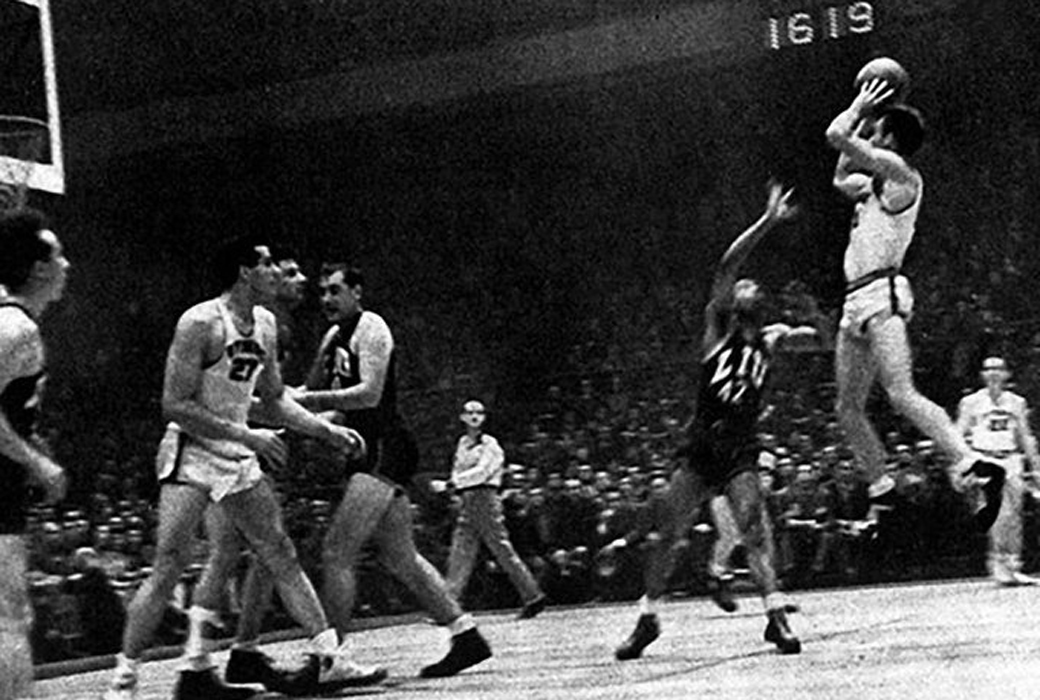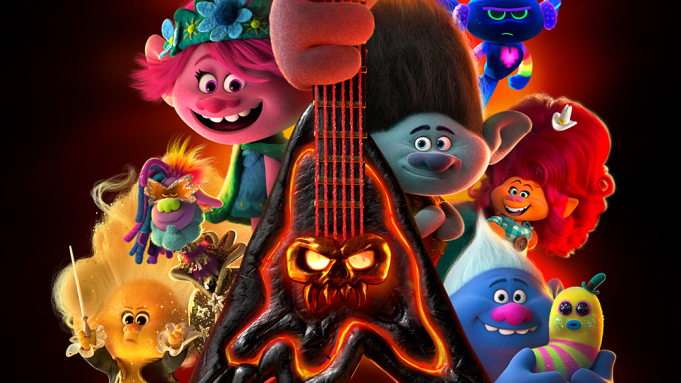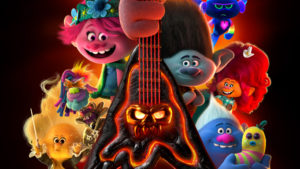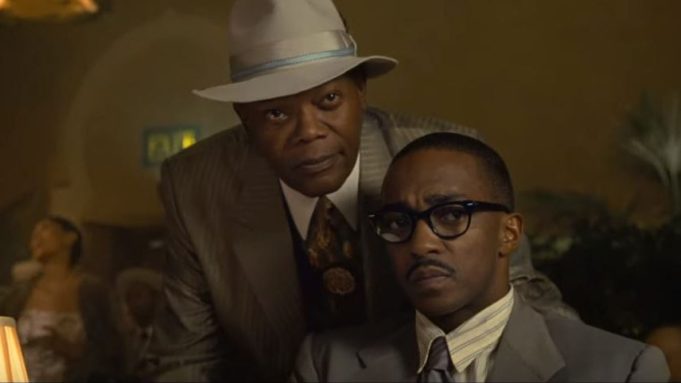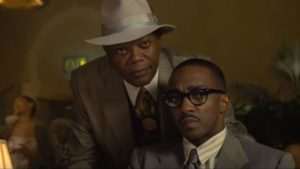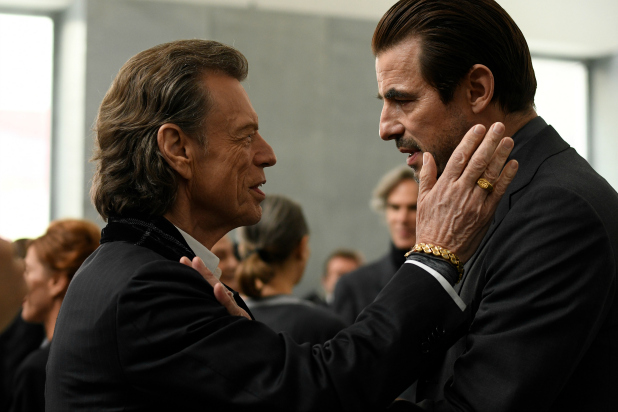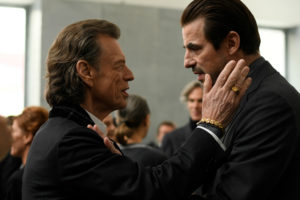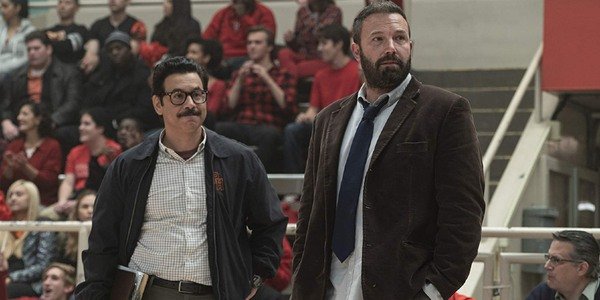Jump Shot
Posted on April 16, 2020 at 9:14 pm
B +| Lowest Recommended Age: | Middle School |
| MPAA Rating: | Not rated |
| Profanity: | None |
| Alcohol/ Drugs: | None |
| Violence/ Scariness: | References to hunting, illness, sad death |
| Diversity Issues: | References to opportunities for women in sports |
| Date Released to Theaters: | April 17, 2020 |

Those feeling most sharply the loss of NCAA March Madness this year will be able to get some of what they miss with “Jump Shot,” a documentary produced by one of the all-time NBA greats, Steph Curry, about the man he considers one of his most significant forbears, the late Kenny Sailors, who invented the jump shot. Yes, someone invented the jump shot, and almost as remarkable as trying to imagine basketball without jump shots, this documentary will satisfy those who don’t know who Steph Curry is as well as those who can recite the stats from his career going back to his college days at Davidson. Kenny Sailors invented the jump shot when he was a teenager. But then he went on to a life well-lived, in which the jump shot and basketball were only one part. And to pay tribute to his example, a portion of every payment for watching the film will go to helping provide food to people in need as a result of COVID-19.
Did Sailors really invent the jump shot? Here’s what the New York Times said.
People of reliable authority have said that if they had to pick the one whose prototypical jump shot was the purest, whose mechanics set in motion a scoring technique that thrilled fans and helped transform a two-handed, flat-footed, essentially earthbound affair into the vertical game it is today — giving rise, quite literally, to marksmen like Oscar Robertson, Jerry West, Rick Barry, Michael Jordan and Kobe Bryant — it would be Sailors.
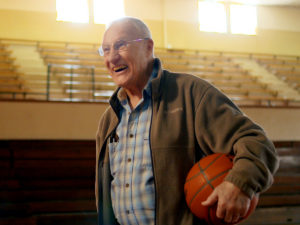
Sailors grew up in a Wyoming small town. He loved basketball and played one-on-one with his big brother every day. His brother was big, 6’5″. Sailors was only 5’7″. He couldn’t get past his big brother. So, he began to jump. And as someone once said in a movie, he had the hang time of a helium balloon.
The documentary has archival footage and contemporary comments from athletes, including Curry and Kevin Durant, sports journalists, and Sailors’ family and friends. Sailors took his college team to a national championship as he and all of the other players knew they would not be continuing to play basketball; they were all going into the military to fight in WWII. Sailors became a captain in the Marines, and then, after the war, played professional basketball long enough to qualify for a pension. And then, for his wife’s health, they moved to rural Alaska, where he coached high school students in every sport they offered plus girls’ basketball, which was not offered until he insisted on it.
It is a touchng love story, and it is a story of a life of grace, integrity, and service, with a quality we do not see very often, decency. Sailors’ quiet humility and selfless dedication are even more inspiring than his innovations in basketball.
Parents should know the movie has references to illness and aging and a sad death.
Family discussion: What was most important to Kenny Sailors? What would you like to change about sports?
If you like this, try: “Dogtown and Z-Boys” about some teenagers who also transformed their sport

